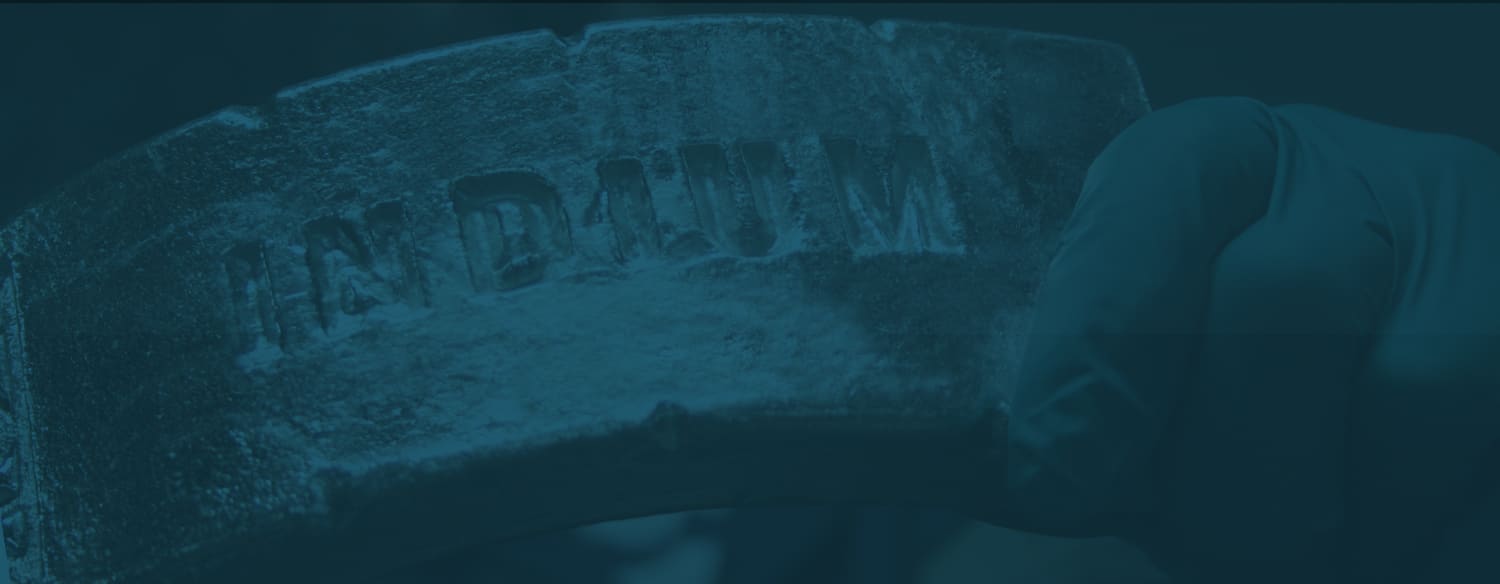Lack of Concern for Tin Pest as a Reliability Issue in Mission Critical Products Still Hard to Understand
Folks, My recent post on tin whiskers sparked the memory of tin pest in my mind. I have to admit, that with all of the legitimate reliability co...

